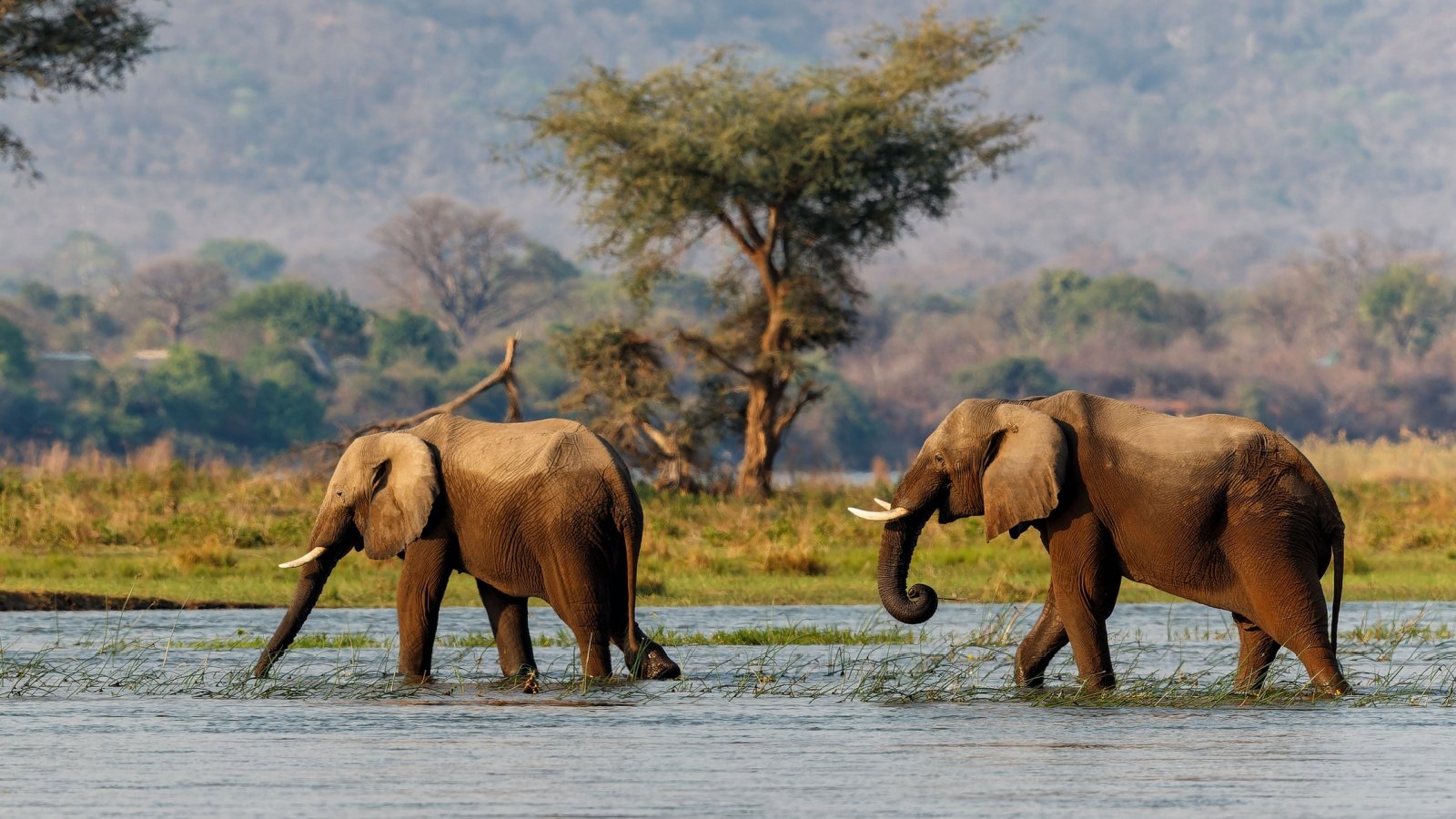Imagine coming face to face with the deadliest creature on Earth, responsible for more human deaths each year than even our own species.
Can you guess what it is? Answer: the humble mosquito. While most animals pose little threat to us, a select few are armed with deadly traits—ranging from potent venoms to overpowering physical strength.
Here’s a look at some of the world’s most dangerous animals:
Mosquito
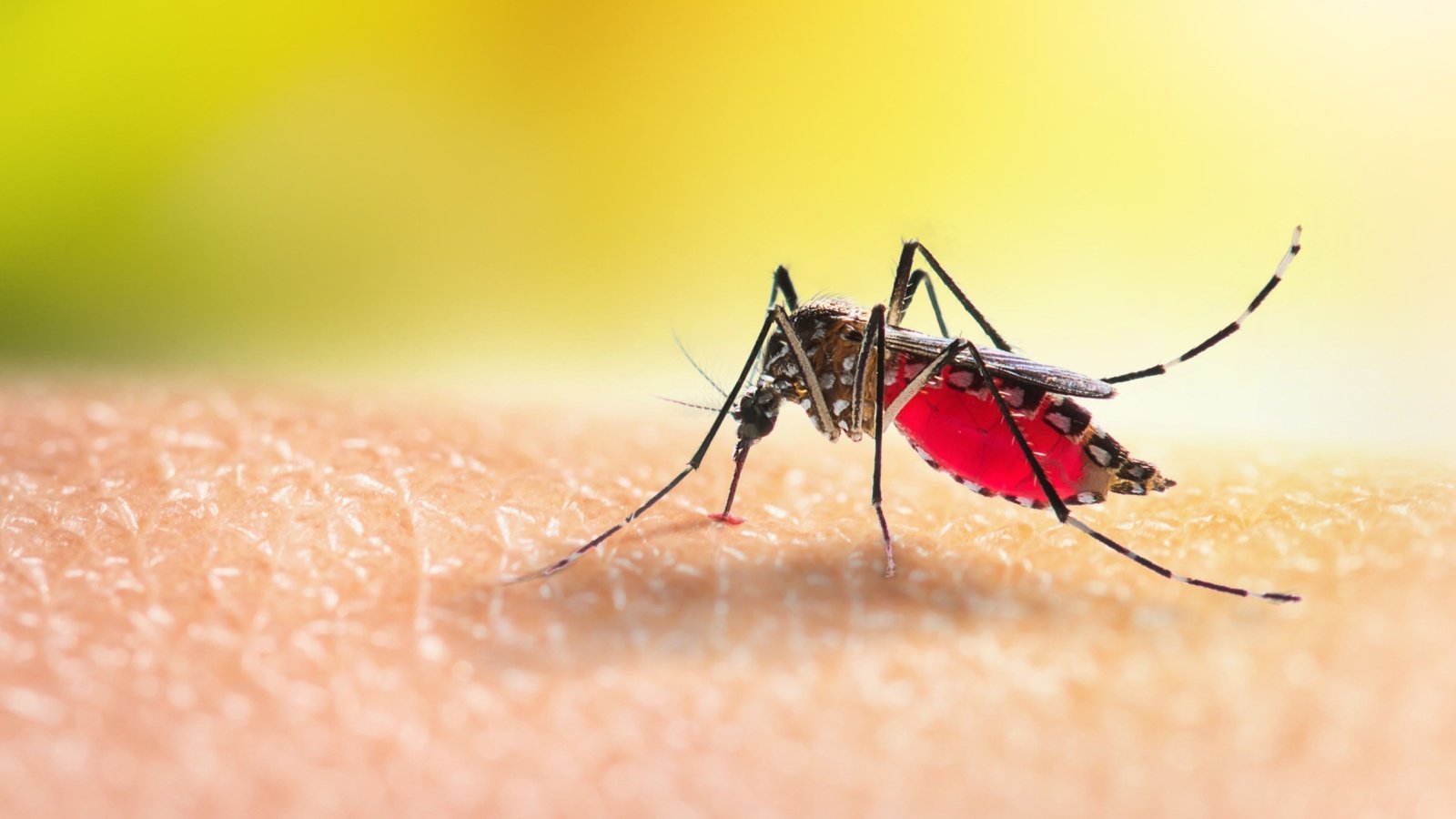
Responsible for millions of deaths worldwide each year, mosquitoes are far more deadly than their diminutive size suggests. They transmit diseases such as malaria, dengue fever, and Zika virus. Mosquito control efforts are crucial in preventing outbreaks, especially in tropical and subtropical regions.
Brazilian Wandering Spider
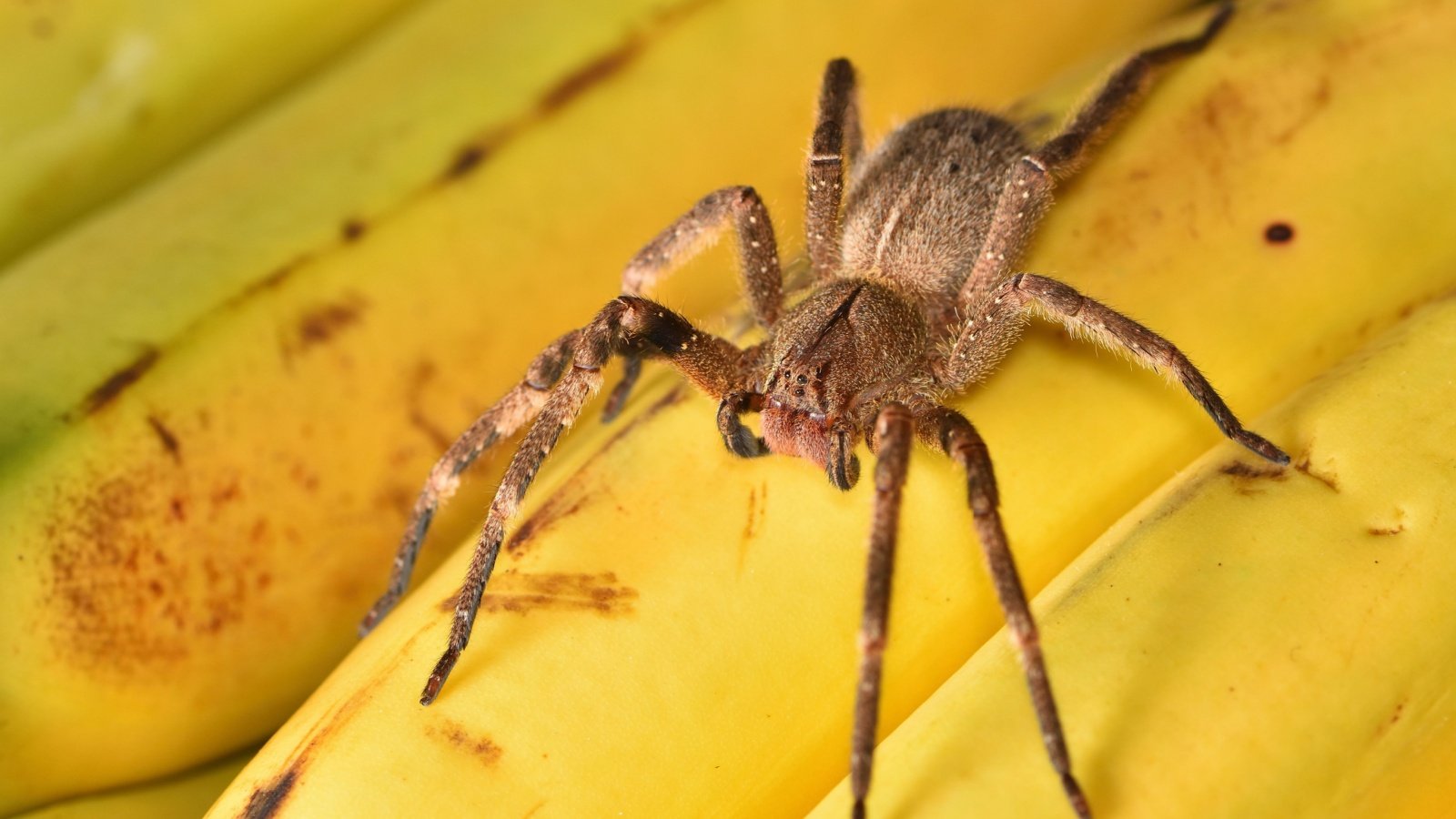
The Brazilian wandering spider holds the Guinness World Record for the world’s most venomous spider. It is often found hiding in houses and cars in urban areas within South America. Its venom can cause not only intense pain but also severe inflammation, loss of muscle control, and breathing problems.
Inland Taipan
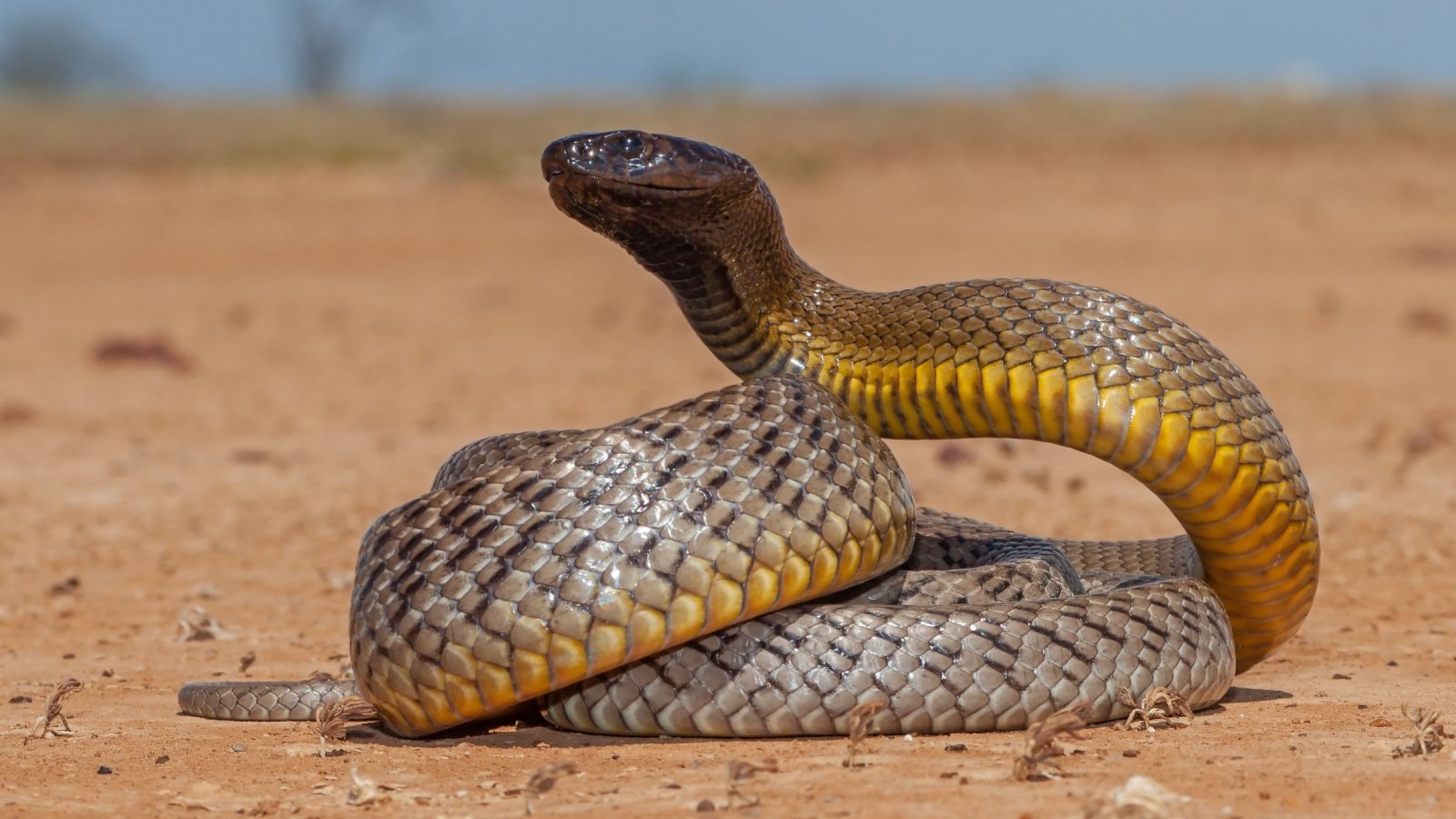
The Inland Taipan, also known as the “fierce snake,” possesses the most toxic venom of any land snake in the world. It lives in the remote arid regions of central Australia, typically avoiding human contact. However, one bite from this snake has enough venom to kill 100 adults.
Stonefish
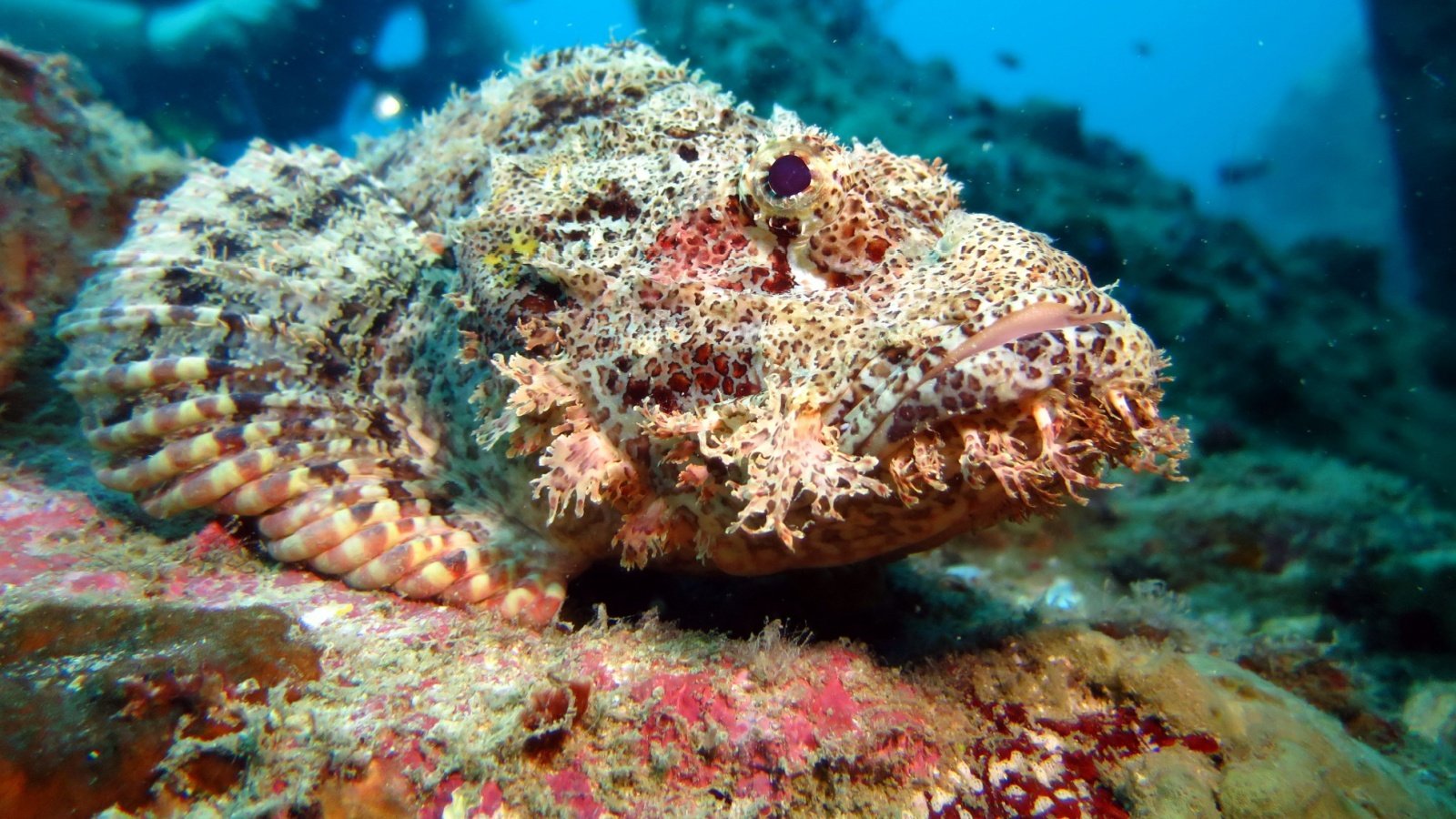
The stonefish is the most venomous fish in the world, perfectly camouflaged to look like a rock. It lies motionless on the ocean floor, and unsuspecting swimmers who step on it are injected with venom from its dorsal fin spines. The excruciating pain and possible fatalities make it a feared creature in tropical waters.
Saw-scaled Viper

The saw-scaled viper may be small, but it is deadly, responsible for more human deaths than any other snake globally. Found in parts of Africa, the Middle East, and the Indian subcontinent, its aggressive nature and tendency to bite make it particularly dangerous. Its venom can cause severe hemorrhaging and often leads to death if untreated.
Pufferfish
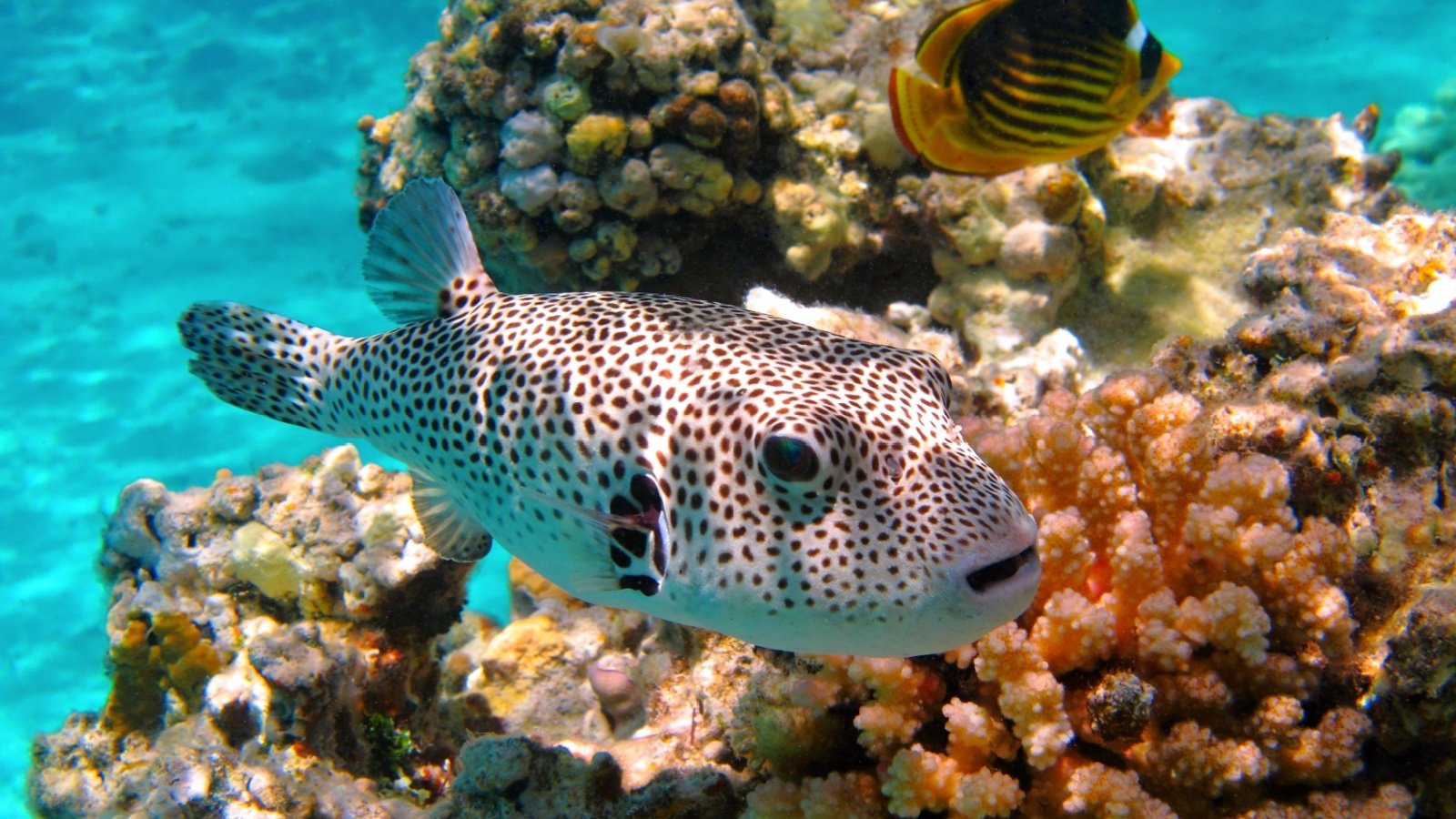
Pufferfish are found in tropical seas worldwide and are known for their unique ability to inflate into a ball shape when threatened. Their flesh contains tetrodotoxin, a substance that can be fatal if consumed. Chefs must undergo years of training to safely prepare pufferfish, known as fugu in Japan.
Tsetse Fly
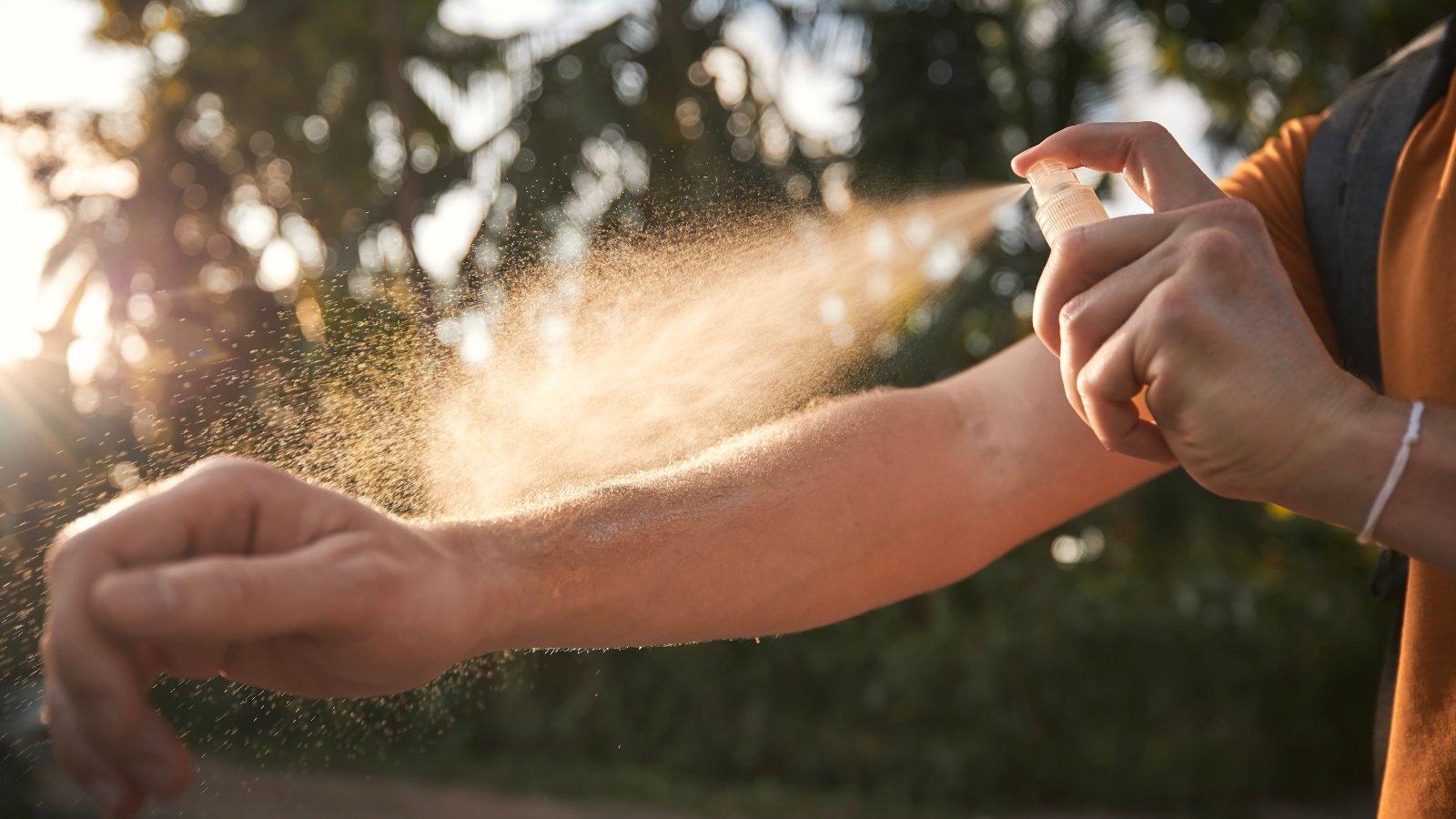
The tsetse fly is a small insect responsible for transmitting sleeping sickness or African trypanosomiasis. Found only in sub-Saharan Africa, this disease affects thousands of people and animals annually. Without prompt treatment, the disease can be fatal.
Box Jellyfish
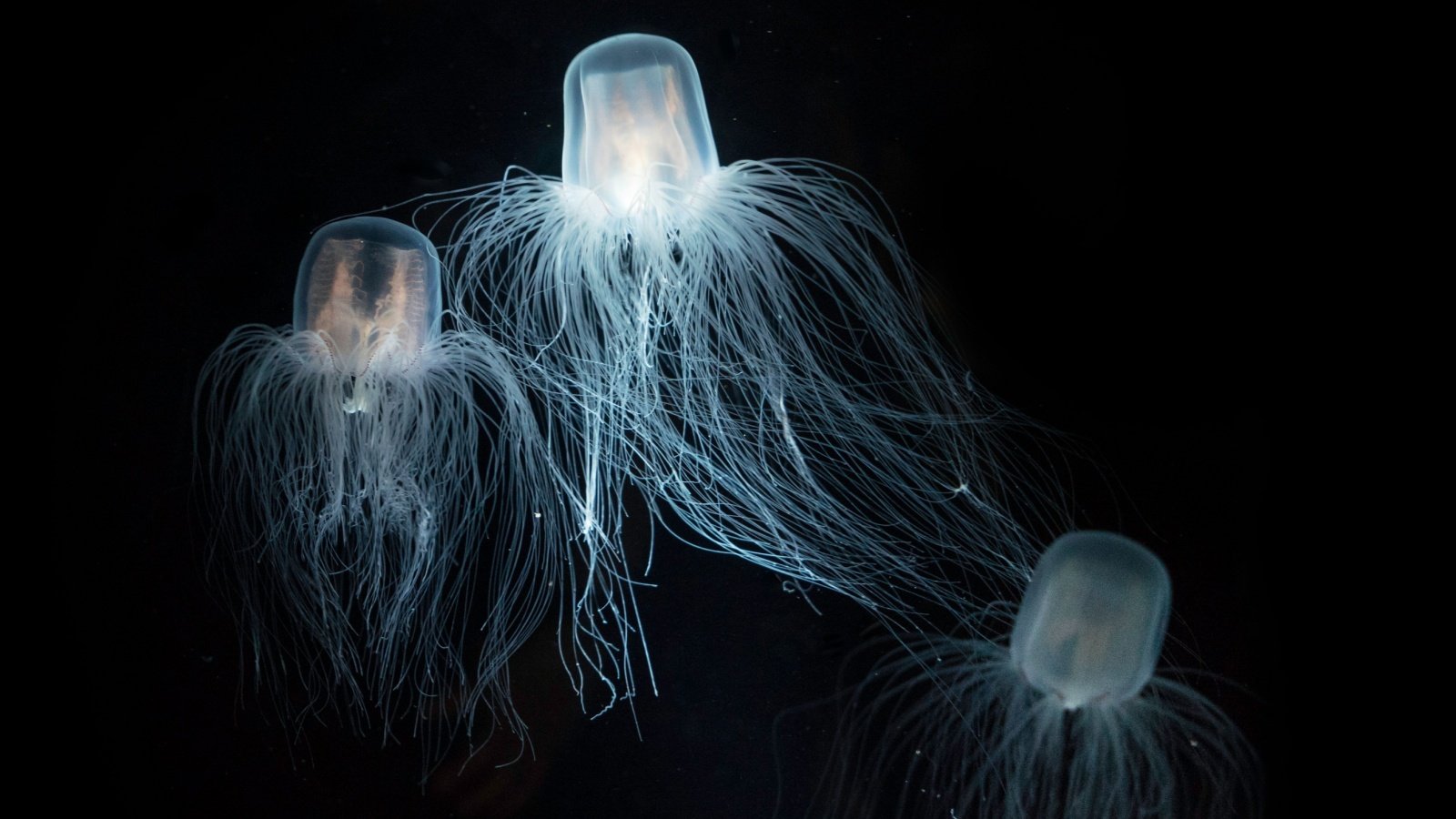
Known as the world’s most venomous marine animal, the box jellyfish has caused more deaths in Australia than sharks, crocodiles, and snakes combined. Its tentacles contain toxins that can attack the heart, nervous system, and skin cells. Swimmers in Australian waters often wear pantyhose or full-body suits as a protective measure against these deadly creatures.
Saltwater Crocodile
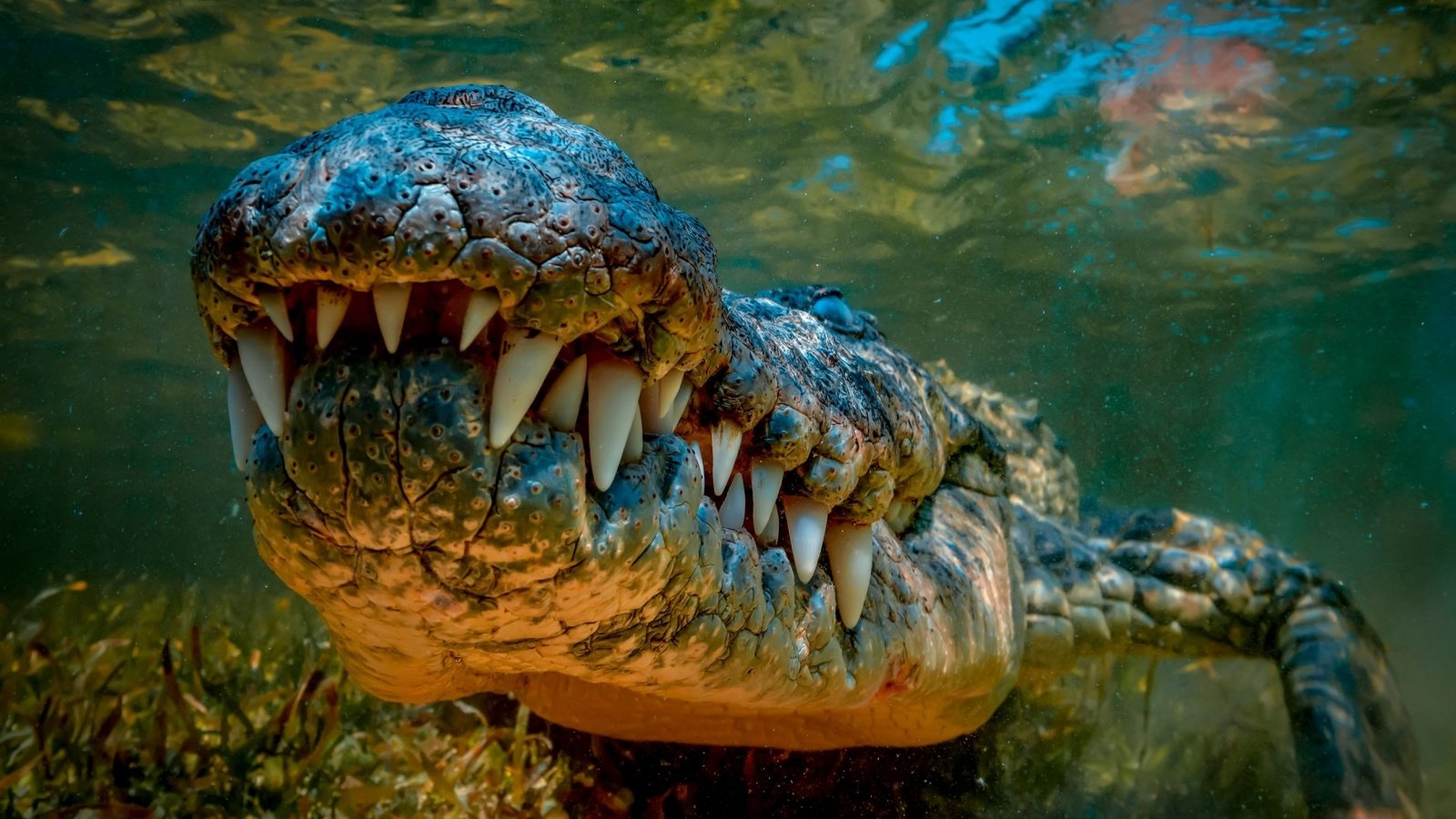
The saltwater crocodile is the largest of all living reptiles and is found in the waterways of Southeast Asia and Northern Australia. This formidable predator can weigh up to 2,200 pounds and reach lengths of over 20 feet.
African Elephant
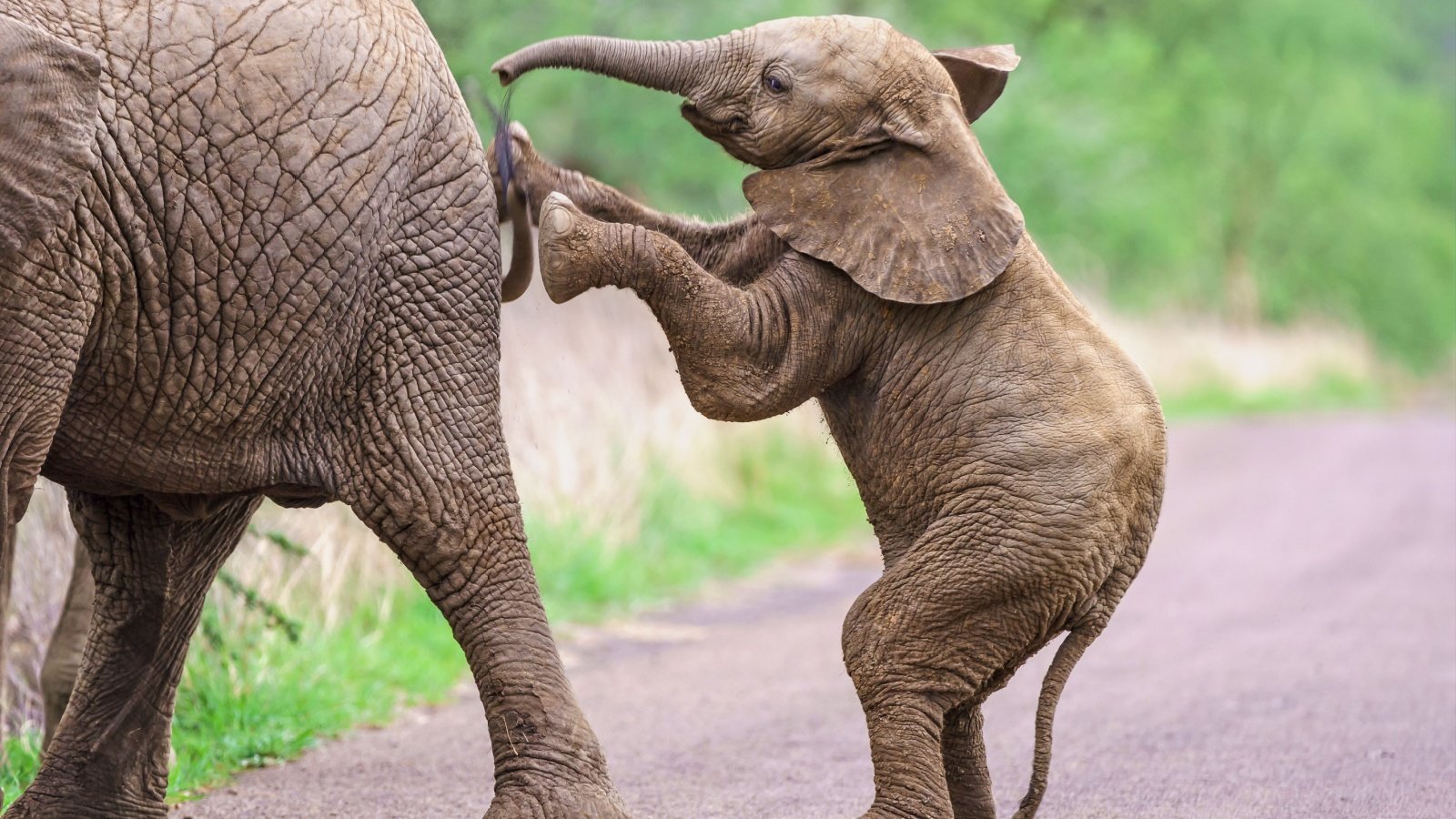
While generally peaceful if unprovoked, African elephants can be extremely dangerous when startled or threatened. They are the largest land animals on earth, with males standing up to 13 feet tall at the shoulder and weighing up to 14,000 pounds. Conflicts between elephants and humans can occur near villages, where elephants might raid crops for food.
Cape Buffalo
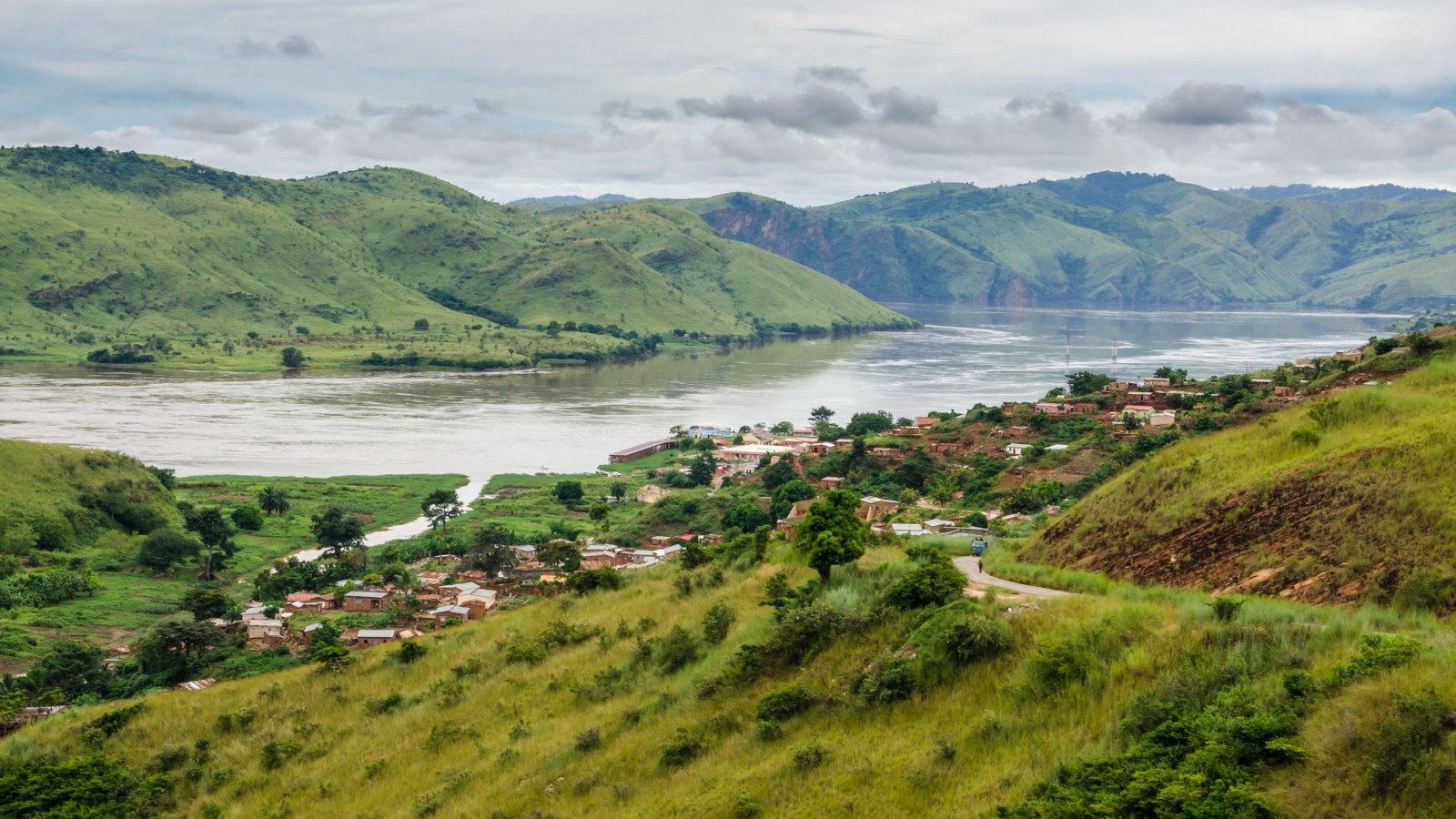
Often called “the Black Death” or “widowmaker,” the Cape buffalo is one of Africa’s most dangerous animals. It has been known to ambush and attack hunters and is responsible for numerous fatalities each year. Cape buffaloes are extremely protective of their herd and will charge with little provocation.
Poison Dart Frog
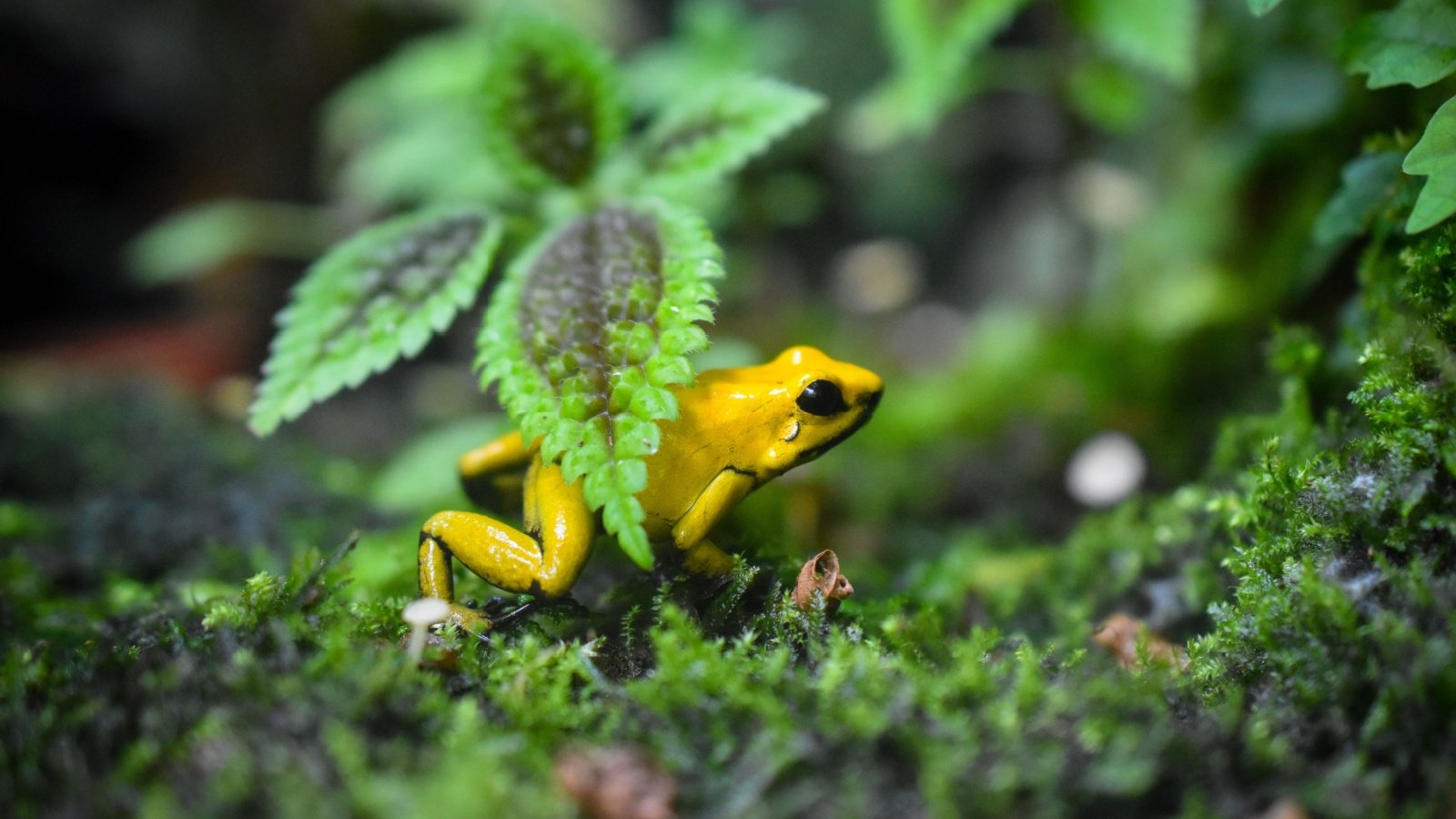
Native to Central and South America, the poison dart frog’s skin secretes a powerful toxin. Indigenous tribes have used this toxin for centuries to poison the tips of their blowdarts. Despite their small size, just touching a poison dart frog can result in serious harm to humans.
King Cobra
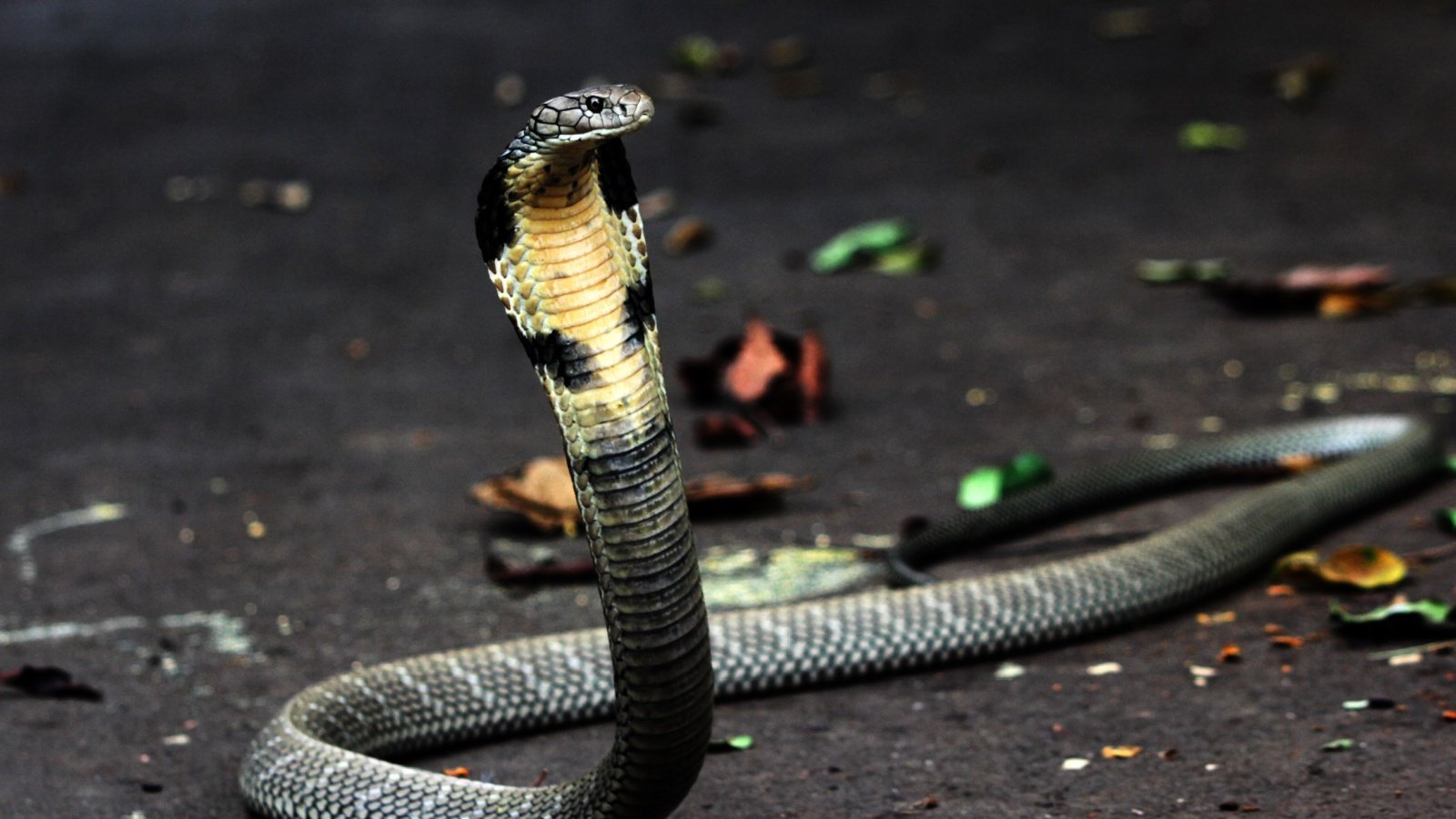
The king cobra, the world’s longest venomous snake, can deliver enough neurotoxin in a single bite to kill 20 people or even an elephant. They can be found across the Indian subcontinent and Southeast Asia.
Polar Bear
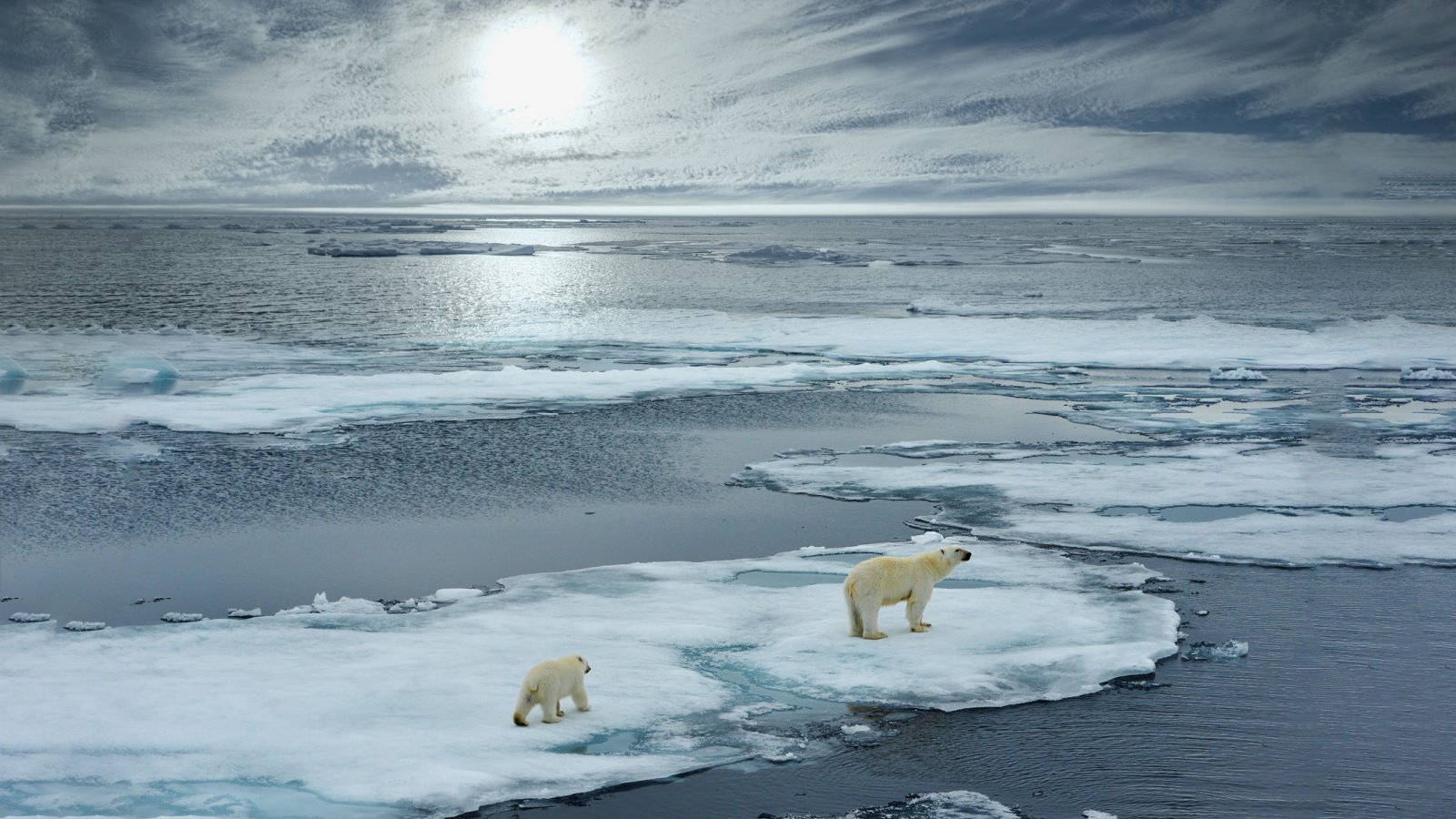
As the largest land carnivore, the polar bear resides in the Arctic and primarily preys on seals. Climate change is reducing their natural habitat, leading to more frequent encounters with humans. Despite their cuddly appearance, polar bears are apex predators and extremely dangerous when encountered in the wild.
Black Mamba
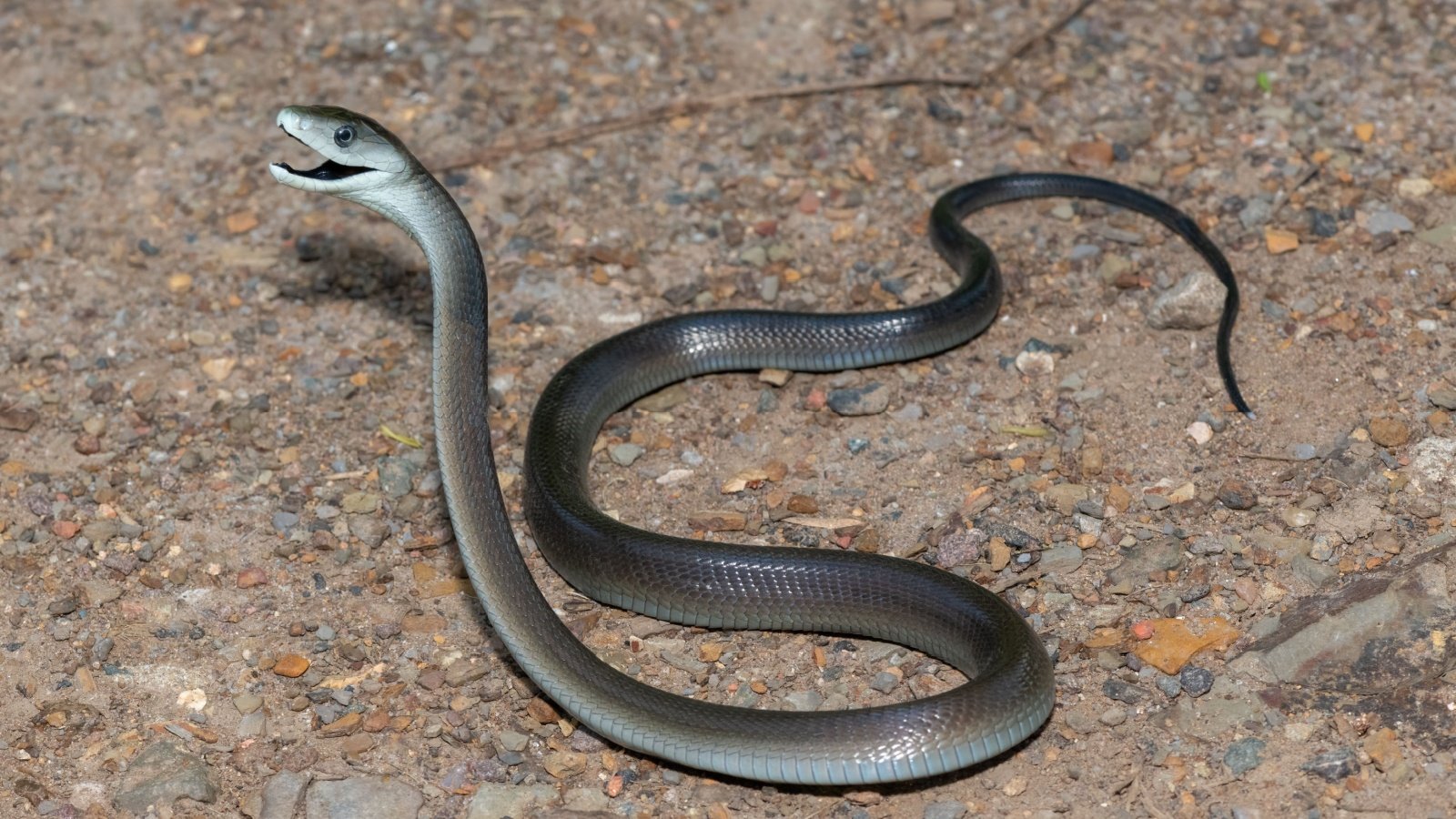
The black mamba is feared throughout Africa for its speed and aggression. It can slither at speeds of up to 12.5 miles per hour, making it the fastest snake in the world. One bite can deliver enough venom to kill ten adults, with death potentially occurring within 20 minutes without antivenom.
Hippopotamus
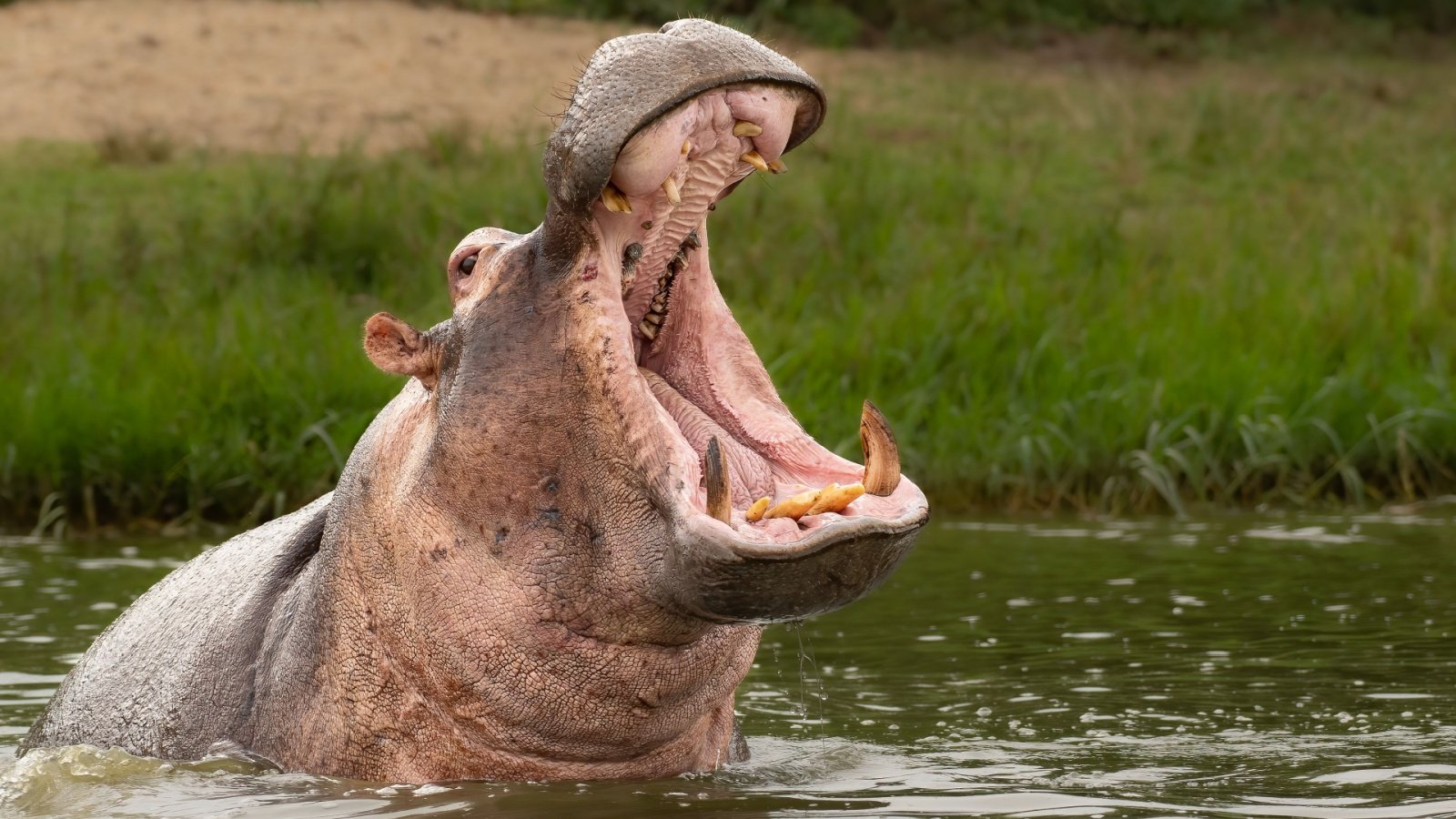
Despite their herbivorous diet, hippos are highly aggressive and are considered one of the most dangerous animals in Africa. They can run at speeds of up to 30 km/h on land and have powerful jaws capable of crushing a canoe. Hippos are responsible for more human fatalities in Africa than any other large animal.
Komodo Dragon
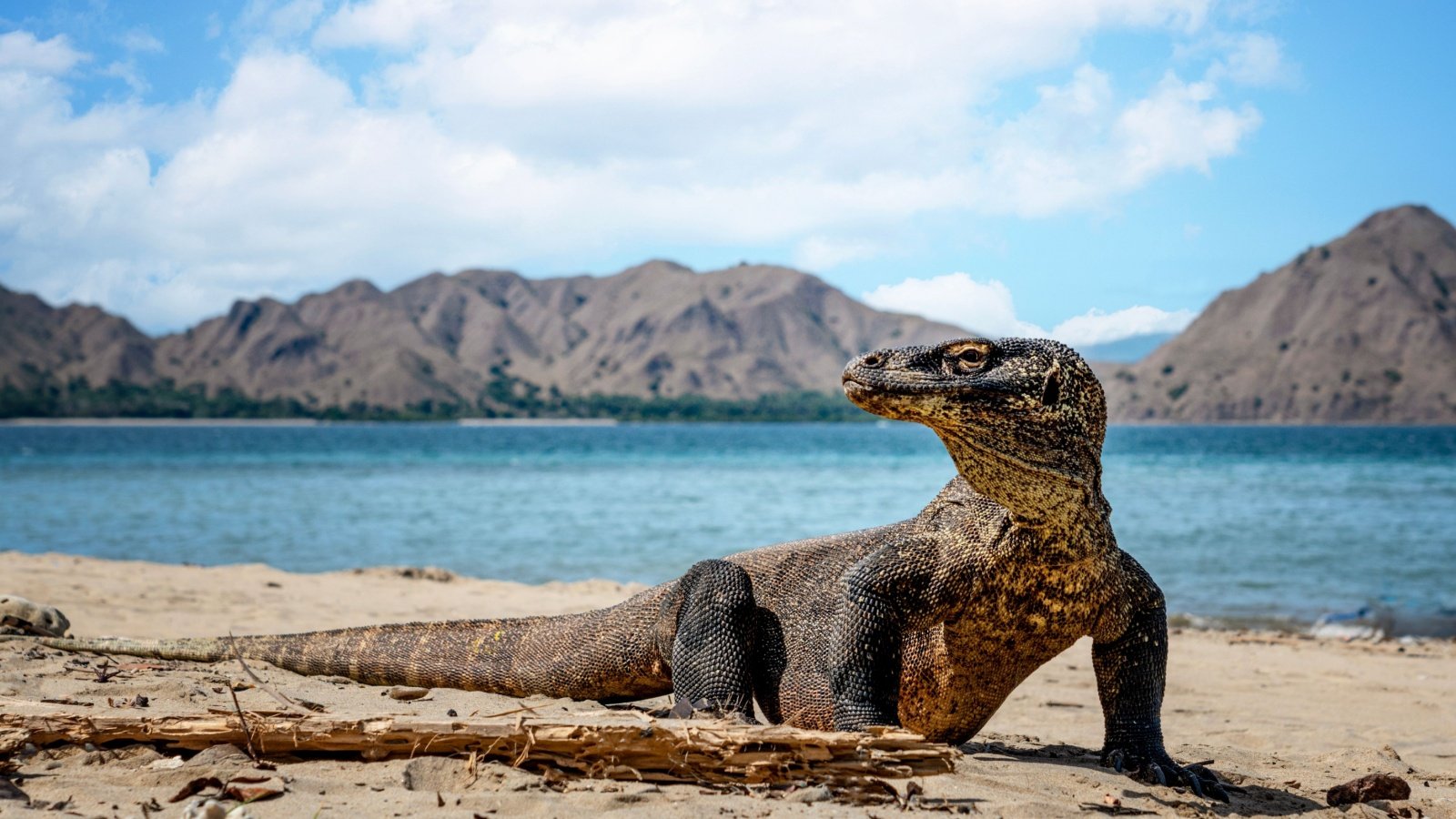
Native to the Indonesian islands, Komodo dragons are the largest living species of lizard, capable of growing up to 10 feet long and weighing over 300 pounds. They have a venomous bite that can cause shock, sepsis, and bleeding in prey and humans alike. Their diet often includes large prey such as deer and even water buffalo.
Great White Shark
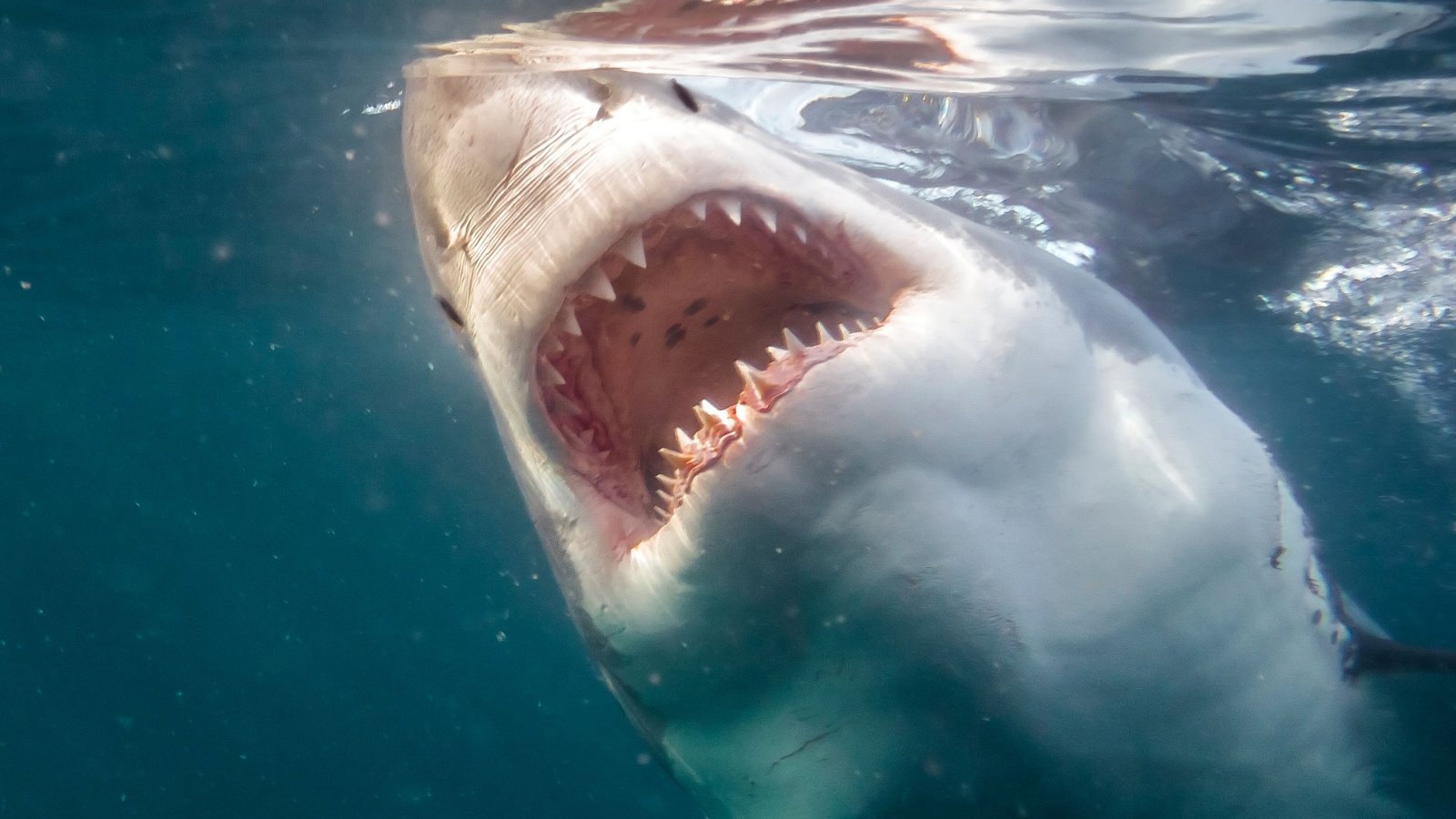
Iconic for their size and power, great white sharks are the largest predatory fish on Earth. They can grow up to 20 feet in length and weigh over 5,000 pounds. Great whites are responsible for the largest number of reported and identified fatal unprovoked shark attacks on humans.
Cone Snail
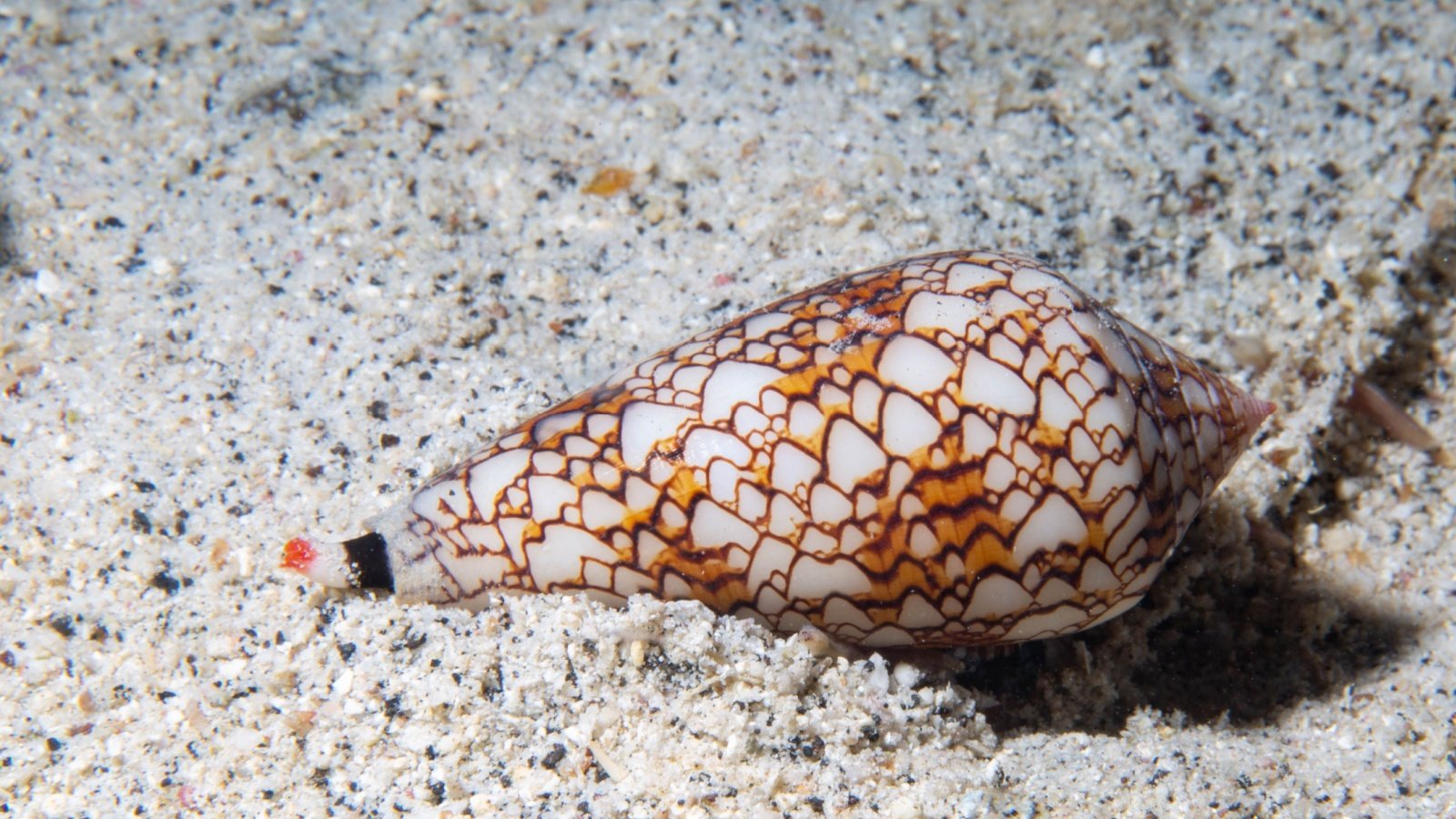
Cone snails are small, deceptive killers with a beautiful shell but a deadly touch. They use a harpoon-like tooth to deliver a venomous sting that can be fatal to humans. Found in warm shallow waters, the venom of a cone snail works so quickly that victims may not even feel pain until it’s too late.
Bull Shark
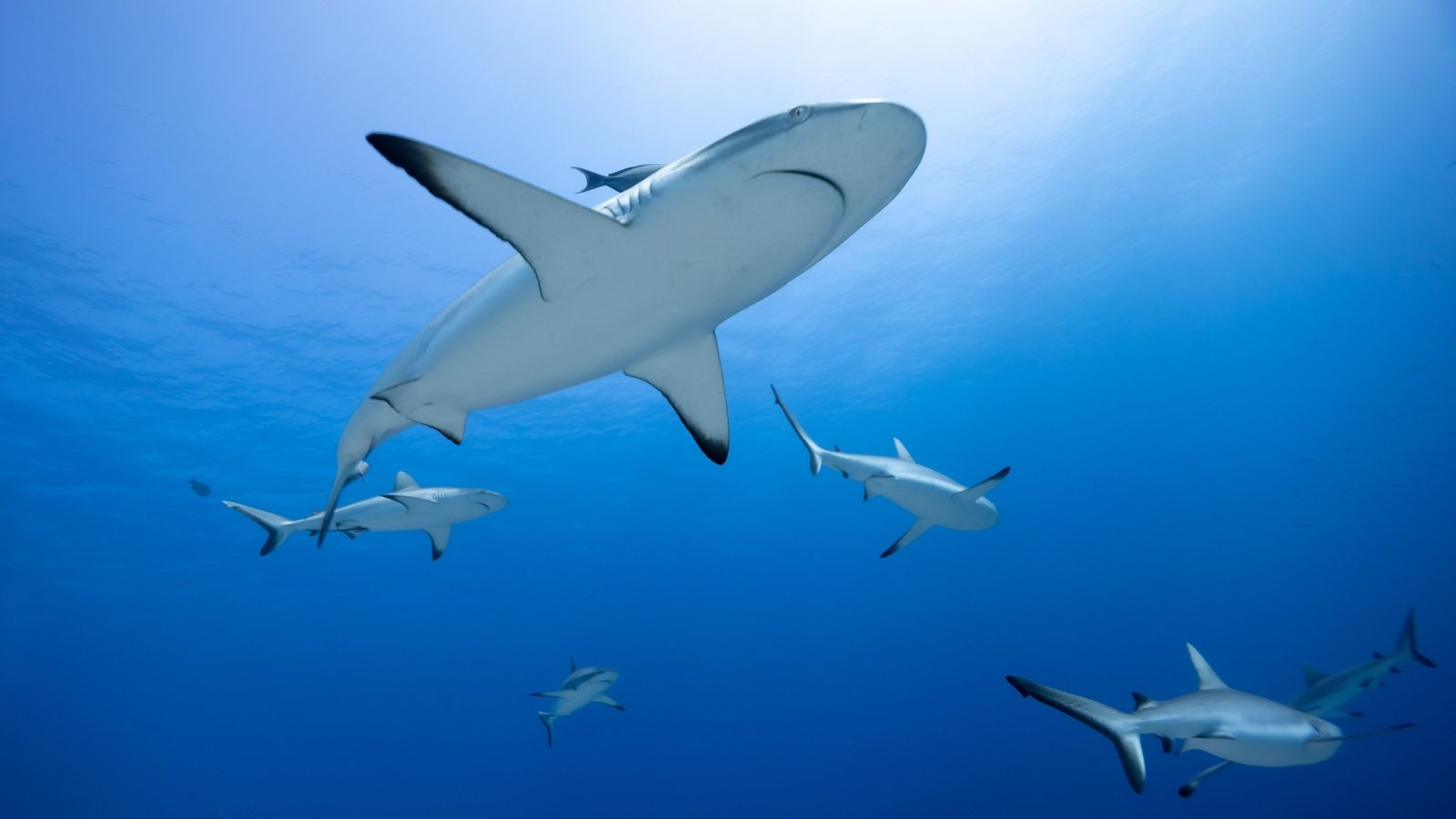
Bull sharks are known for their aggressive behavior and have been found in freshwater environments as well as marine ones. They are unique among sharks in their tolerance for freshwater, sometimes venturing far up rivers. Their unpredictable nature and ability to appear in unexpected places make them especially dangerous to humans.



